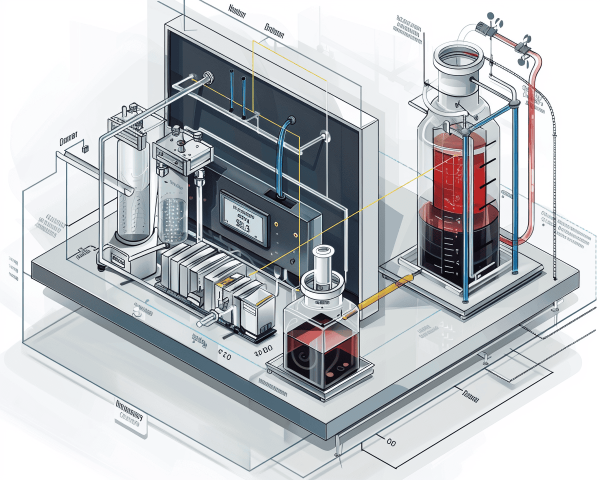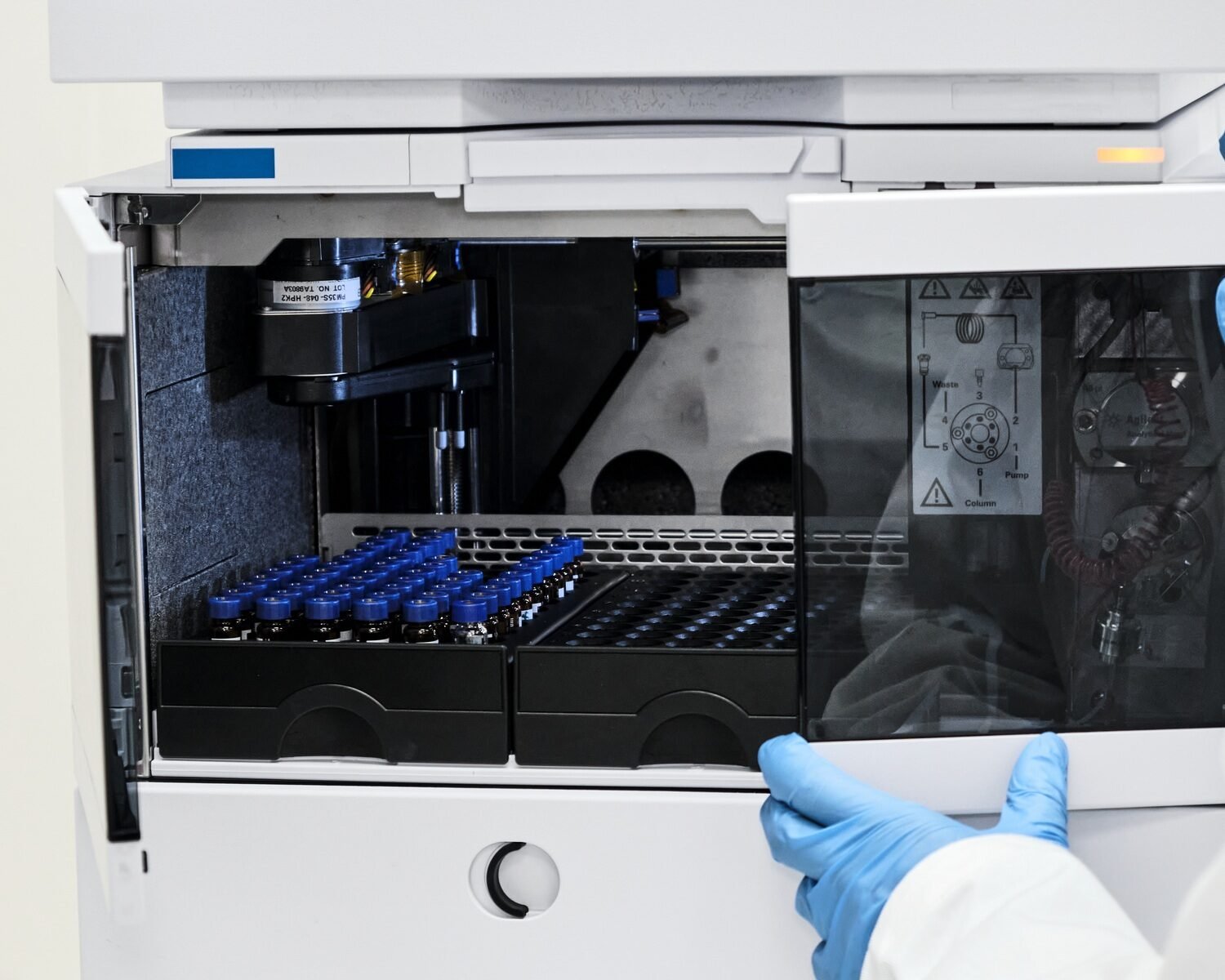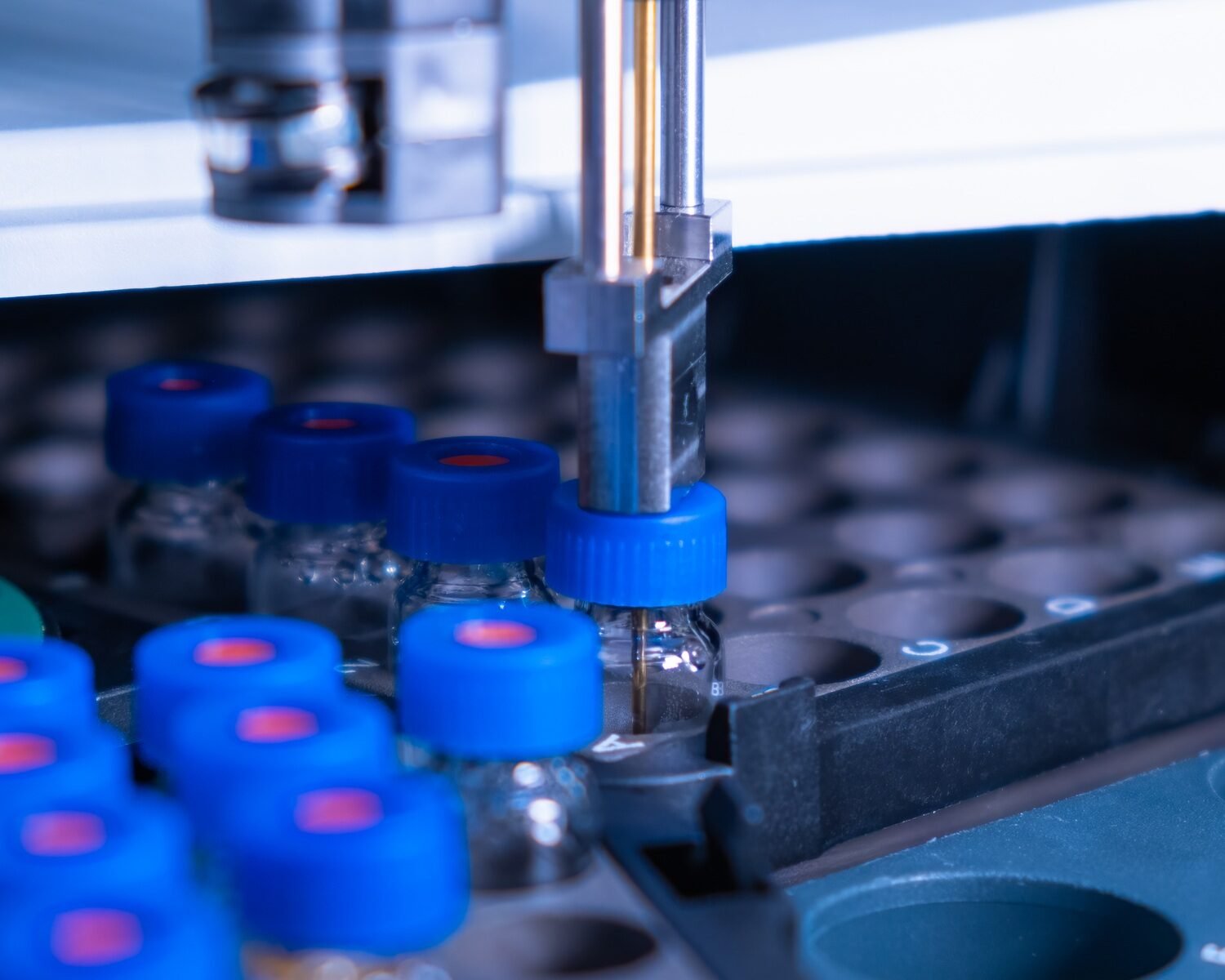Introduction
Hey there! If you’re diving into the world of High-Performance Liquid Chromatography (HPLC), you probably know that choosing the right solvent is absolutely critical for getting those perfect peak separations. But let’s be honest, it can be a bit overwhelming. Don’t worry, I’ve got your back! Let’s chat about how you can make the best choice and get those results you’re aiming for.
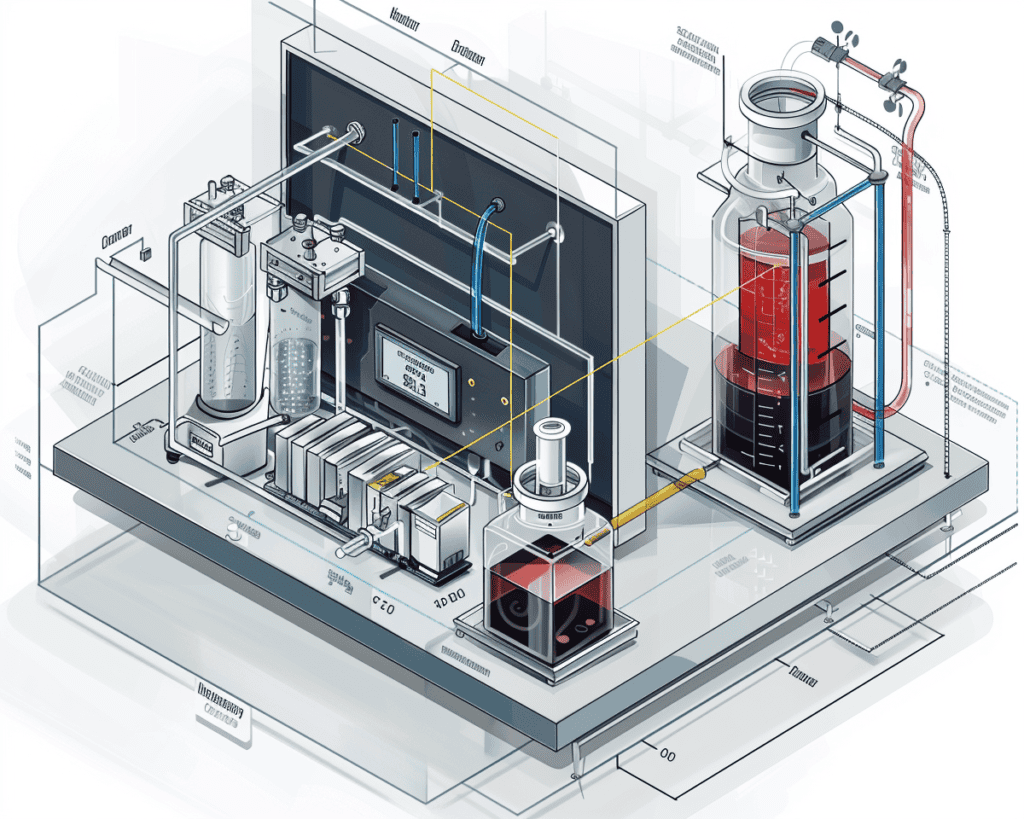
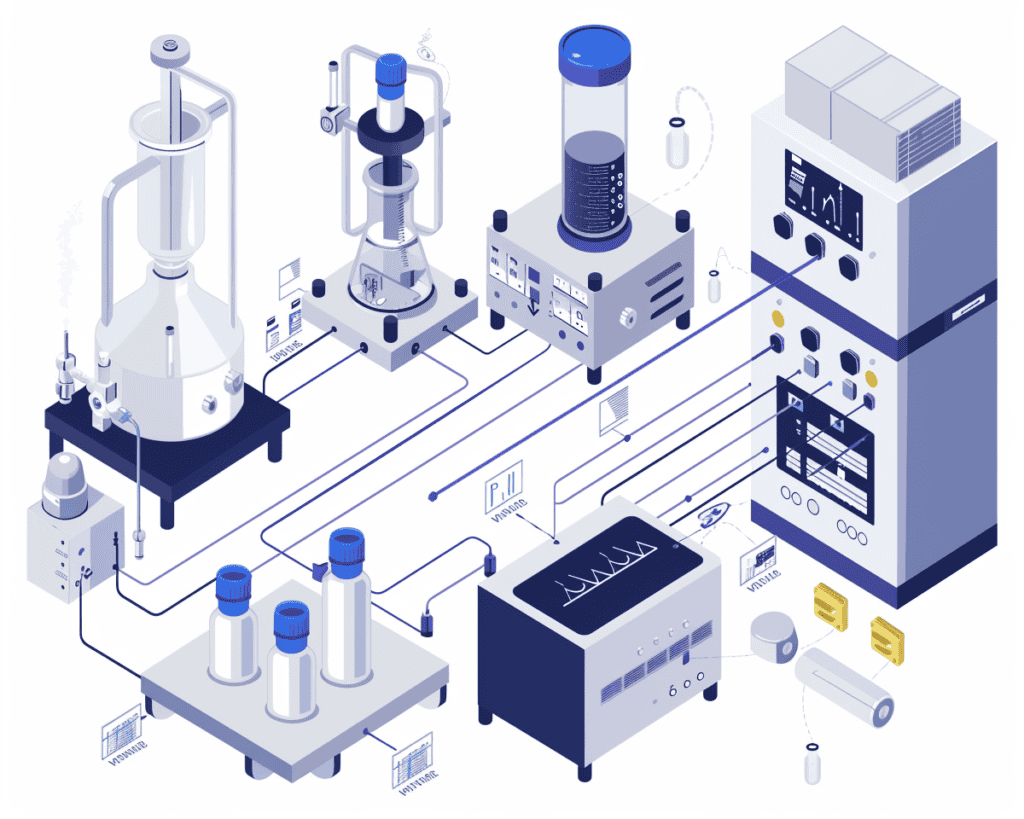
What is HPLC and Why Solvent Selection Matters
Alright, let’s start with the basics. HPLC is this amazing technique that helps you separate, identify, and quantify the different components in a mixture. Think of it as a super-powerful way to figure out what’s inside your sample. The solvent, or mobile phase, plays a huge role here. It carries your sample through the column and impacts how well each part of your sample separates. The better the separation, the more accurate your results. Simple as that!
Key Factors to Consider When Choosing an HPLC Solvent
Solvent Polarity
First up, let’s talk about polarity. Ever heard the phrase “like dissolves like”? It’s a handy way to remember that the polarity of your solvent should complement the stationary phase (the stuff inside the column) and your sample. For instance, if you’re working with a non-polar stationary phase, you’ll likely need a more polar solvent to get the job done right.
Solvent Purity
Next, purity is key. Trust me, you don’t want any impurities messing up your baseline or adding ghost peaks. Always go for high-purity, HPLC-grade solvents. They’re specifically designed to minimize these issues and give you cleaner, more reliable results.
Solvent Compatibility
Compatibility is another biggie. Your solvent needs to play nicely with both the stationary phase and your sample. If they’re not compatible, you might end up damaging your column or getting lousy separations. For example, using a super acidic or basic solvent might not be the best idea if it could harm your column or sample.
Solvent Strength
Solvent strength, or elution strength, determines how effectively a solvent can push compounds through the column. A stronger solvent can speed things up but might sacrifice separation quality. On the flip side, a weaker solvent might give you better separation but could take longer. It’s all about finding that sweet spot.
Types of Solvents Used in HPLC
Aqueous Solvents
Water is a classic choice for an aqueous solvent in HPLC. It’s often mixed with other solvents to tailor the mobile phase to your sample’s needs. Adjusting the pH of your aqueous solvent can also help fine-tune the separation.
Organic Solvents
When it comes to organic solvents, there are a few favorites: methanol, acetonitrile, and tetrahydrofuran (THF). Each has its perks:
- Methanol: Good solubility for many compounds and less toxic.
- Acetonitrile: Strong elution power and sharp peaks.
- Tetrahydrofuran (THF): Versatile for both polar and non-polar compounds.
Practical Tips for Solvent Selection
Start with a Solvent Gradient
A solvent gradient is a fantastic technique where you gradually change the solvent composition during your run. It helps to separate different sample components more effectively by allowing them to elute at different times.
Adjusting pH and Ionic Strength
Tinkering with the pH can do wonders for your separation, especially for ionizable compounds. Adding buffers can help maintain a stable pH, which is crucial for reproducibility.
Testing and Optimization
Don’t be afraid to experiment. Small tweaks can lead to big improvements. Keep track of what you try so you can zero in on the best conditions for your analysis.
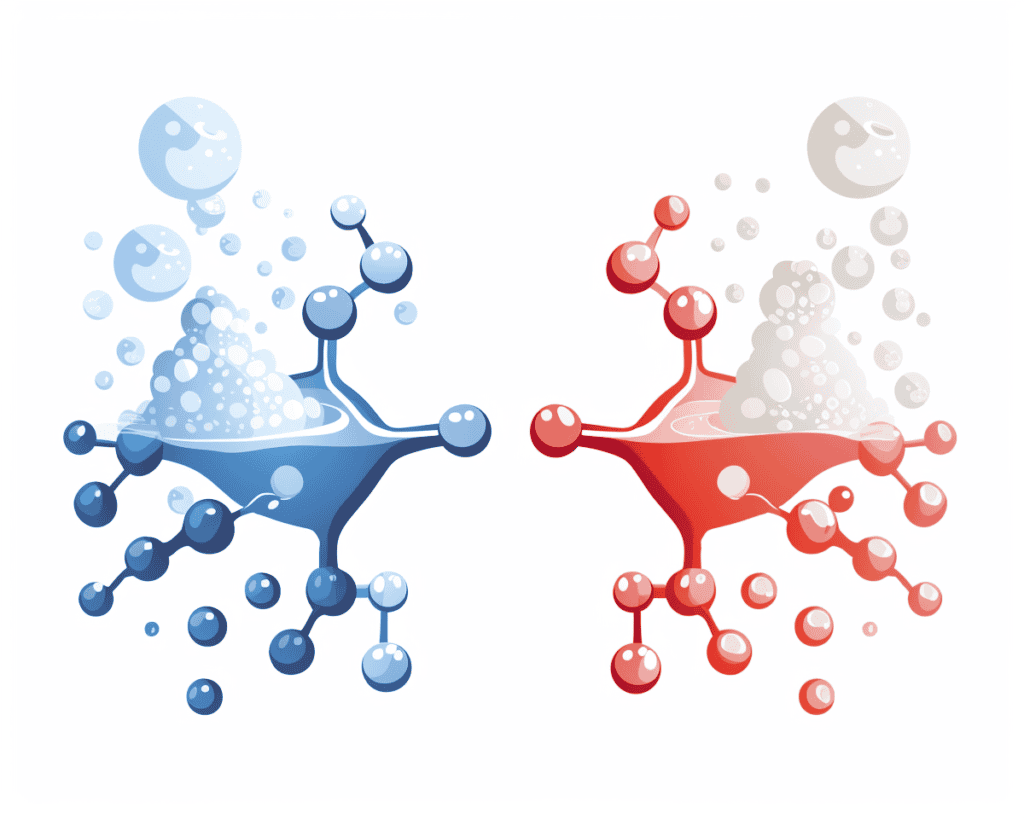
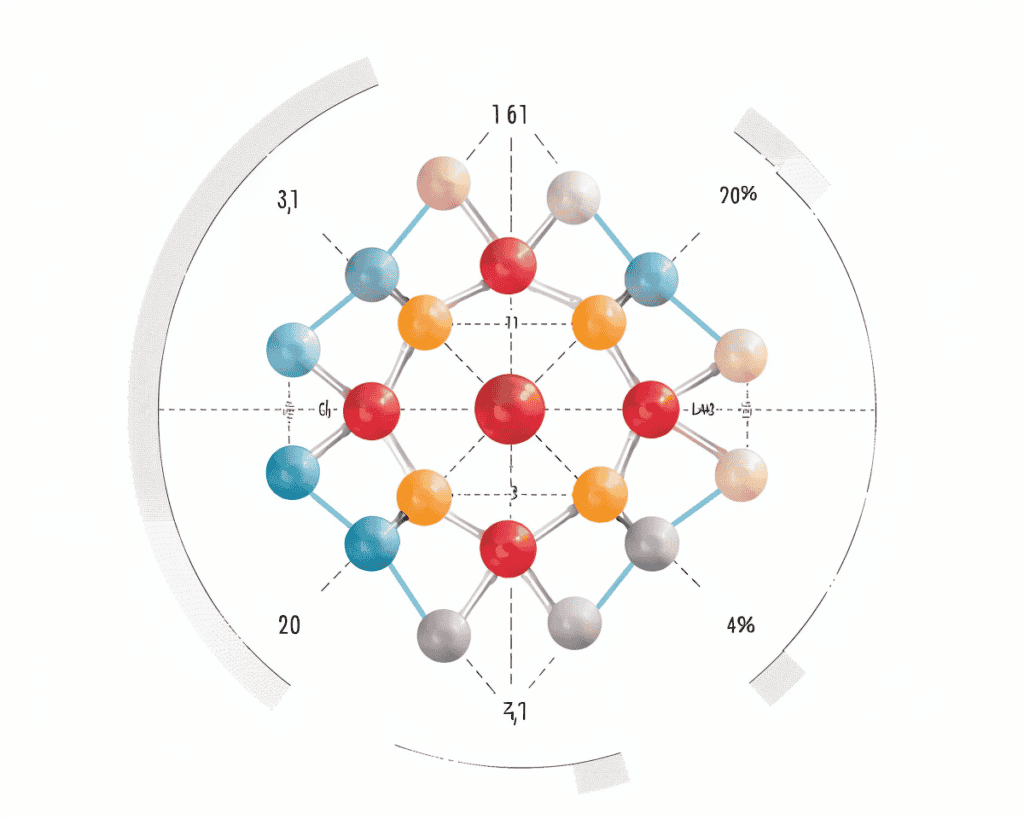
Common Challenges and Solutions
Baseline Drift and Noise
Baseline drift and noise can really throw a wrench in your analysis. Ensure your solvent is pure and your system is well-calibrated to minimize these issues.
Peak Tailing
Peak tailing, where a peak drags out longer than it should, can make it hard to interpret your results. Adjusting solvent strength or composition often helps fix this.
Co-elution
Co-elution happens when two or more compounds elute at the same time, causing overlapping peaks. Using a gradient or adjusting the polarity of your solvent can help resolve this.
Case Studies: Successful Solvent Selection
Pharmaceutical Analysis
In the pharma world, precision is everything. Often, a mix of aqueous and organic solvents like water and acetonitrile is used to get sharp, distinct peaks.
Environmental Testing
For environmental samples, especially water pollutants, a combination of water and methanol is popular. It balances polarity and elution strength, ensuring a broad range of compounds are detected and quantified.
Conclusion
Choosing the right solvent for HPLC can feel like a daunting task, but with a little knowledge and some trial and error, you can find the perfect match for your analysis. Keep in mind the factors like polarity, purity, compatibility, and strength. Use techniques like solvent gradients and pH adjustments to fine-tune your separations. And remember, the right solvent can make all the difference in getting clear, reliable results.
If you ever get stuck or need more detailed advice, don’t hesitate to reach out. There are plenty of experts and resources out there, like the American Chemical Society or the Journal of Chromatography, who can offer guidance.
Got any questions or need further help with your HPLC analysis? Shoot us a message! We’re here to help you get the best possible results from your work. And if you’re looking for high-quality HPLC vials with sensible pricing, check out Mastelf. With over 13 years of experience in chromatography vial products, we can help you find exactly what you need. Our team is ready to assist you in selecting the perfect vials for your applications.
I hope this guide helps you choose the right solvent for better peak separation in HPLC. Remember, it’s all about experimenting and finding what works best for you. Happy chromatographing!
I hope this guide helps you choose the right solvent for better peak separation in HPLC. Remember, it’s all about experimenting and finding what works best for you. Happy chromatographing!
Sources:

